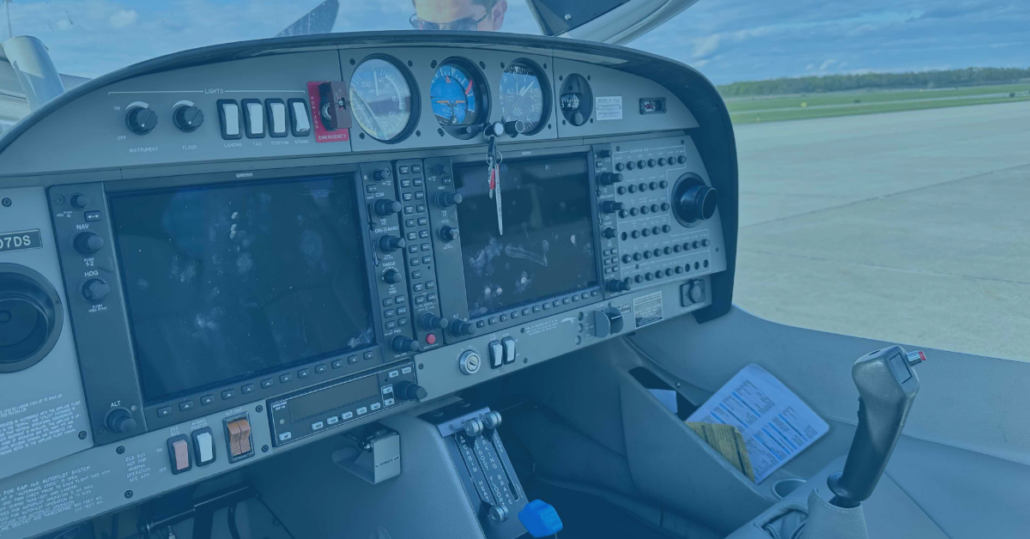The Federal Aviation Administration (FAA) necessitates specific qualifications and requirements for a pilot to acquire an Instrument Flight Rating (IFR). The IFR permits pilots to operate aircraft in low visibility and weather conditions, relying extensively on aircraft’s instruments, rather than visual references. Obtaining an Instrument Rating is crucial for enhancing safety, proficiency, and overall flying capabilities. Below are the major requirements and steps to acquire an Instrument Flight Rating:
1. Prerequisites
Before embarking on the IFR journey, a candidate must have a Private Pilot License (PPL) and must be able to read, speak, write, and understand English. Moreover, a candidate should hold at least a third-class medical certificate.
2. Flight Time
You must have logged the following:
- At least 50 hours of cross-country flight time as pilot in command. At least 10 of these hours must be in airplanes for an instrument-airplane rating.
- A total of 40 hours of actual or simulated instrument time on the areas of operation listed in 61.65(c).
- At least 15 hours of instrument flight training from an authorized instructor in the aircraft category for the instrument rating sought.
3. Ground Training
Candidates are required to undergo extensive ground training to grasp meteorology, air traffic control procedures, and instrument flight planning. This can be achieved either through an accredited flight school or an authorized instructor, ensuring proficiency in the theoretical aspects of instrument flying.
4. Instrument Flight Time
A minimum of 40 hours of actual or simulated instrument time is necessary, encompassing a range of activities such as navigation, holding procedures, and instrument approaches. Fifteen of these hours must be with an authorized instructor.
5. Cross-Country Flight
The candidate needs to complete at least one cross-country flight under IFR, which is at least 250 nautical miles along airways or ATC-directed routing. This should involve an instrument approach at each airport and include three different kinds of approaches.
6. Passing the FAA Written Exam
After completing the ground and flight training, candidates must pass the FAA Instrument Rating Knowledge Test, which assesses the theoretical knowledge acquired during ground training.
7. Passing the Checkride
Also known as the Instrument Rating Practical Test, the checkride is the final step in acquiring an Instrument Rating. It involves an oral exam and a flight test with an FAA examiner, where the candidate demonstrates proficiency in instrument flying.
8. Currency Requirements
After obtaining the Instrument Rating, pilots must adhere to the currency requirements to legally act as pilot-in-command under IFR. Pilots must execute at least six instrument approaches, holding procedures and tasks, and intercepting and tracking courses in the preceding six months.
Summary
Acquiring an Instrument Flight Rating is a meticulous process, involving extensive theoretical learning and practical training. The FAA mandates rigorous standards to ensure that pilots can safely operate aircraft under reduced visibility and comprehend the multifaceted environment of instrument flight. The attainment of an Instrument Rating enriches a pilot’s skillset, expands their flying opportunities, and substantially elevates the safety levels of flight operations.

